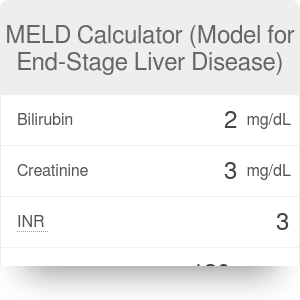

* Advanced age (>70) is not in itself a contraindication but candidates > 70 should be almost free of comorbidities to be considered for LT*Ībdominal CT (triple phase) or MRI (multiphase with contrast) toĮvaluate for hepatic malignancy and vascular anatomy Other rare dz (e.g., familial amyloid polyneuropathy or hyperoxaluria)Īnatomic Contraindications Chronic cardiac/pulmonary conditions that significantly increase perioperative risk (e.g., severe pulm HTN) Pts with early hilar cholangio-carcinoma that meets specific criteriaĭocumented history of medical noncompliance Ongoing substance abuse (must have documented abstinence ≥ 3 mos) some special considerations for pts who did not know of EtOH hepatitis or EtOH use d/o but highly variable Acute liver failure pts take precedence over decompensatedĬirrhosis with MELD ≥ 15 or evidence of decompensation (ascites, variceal bleed, HE, HPS, portopulmonary HTN).Listing a patient for LT is determined by a multidisciplinary transplant.Hepatopulmonary syndrome (HPS), leading to score in mid to high Exception points given for complications like HCC and.The MELD-Na score, factors in the serum Na as well. Factors in total bilirubin, creatinine, and INR.Model for End-stage Liver Disease (MELD-Na) score: initially developed to predict survival following TIPS placement, though is now used to objectively rank patients in terms of priority for liver transplant (LT).Video Examples for Navigating Difficult ConversationsĬommon Radiology Exams by Suspected Diagnosis Wilson’s Disease: Ophthalmic ManifestationsĪpproach to Outpatient Anxiety/Depression Uveitis (includes Iritis, Cyclitis, Retinitis, Choroiditis) Retinal Detachment and Posterior Vitreous Detachment Myasthenia Gravis (MG) and Lambert-Eaton Myasthenic Syndrome (LEMS)Ĭorneal Abrasion, Exposure Keratopathy, Ulceration
#Meld na score interpretation skin#
Skin and Soft Tissue Infection (SSTI) - VASPĪcute Inflammatory Demyelinating Polyneuropathy (AIDP)Įlevated Intracranial Pressure (ICP) and Hydrocephalus Joint Infections and Osteomyelitis – VASP Duggan’s Geriatrics Guideīacteremia: Interpreting GenMark ePlex® Results – VASP Transitions of Care: Tips for Safe Discharges Transjugular Intrahepatic Portosystemic Shunt (TIPS) The PELD score is used for patients younger than 12 years of age.Acute Respiratory Distress Syndrome (ARDS)ĭisseminated Intravascular Coagulation (DIC) Patients with acute liver failure are given a distinction called "status 1," which supersedes MELD scores in terms of transplantation prioritization. Use of the MELD score to prioritize transplants has lead to a decreased rate of pretransplant death for those on the waiting list, but use of the score causes some controversy because it does not indicate survival benefit of transplantation. >15: may benefit from liver transplantationĬertain clinical situations lead to automatic increases in the MELD score in an attempt to increase or decrease waiting times on a liver transplant waiting list:.Scores are used to prioritize liver transplantation: These variables are used to calculate the score 2: MELD = (0.957 x ln ) + (0.378 x ln ) + (1.120 x ln ) + 0.643 if dialysis twice in last week, then creatinine is given a value of 4 mg/dl.The score has prognostic value in terms of three month mortality and certain complications. The MELD score ( Model for End-stage Liver Disease) is a classification used to grade liver dysfunction in preparation for liver transplantation.


 0 kommentar(er)
0 kommentar(er)
